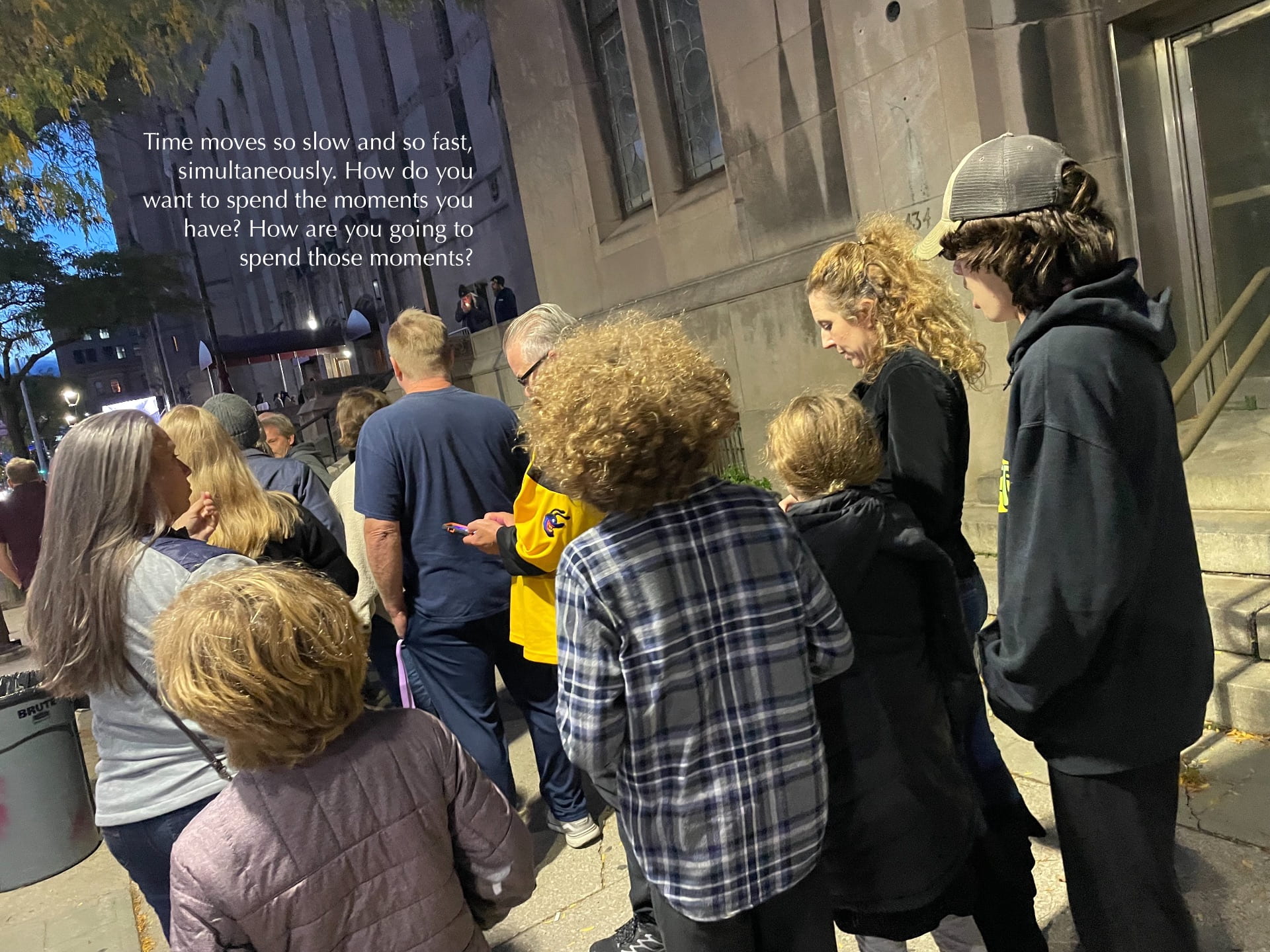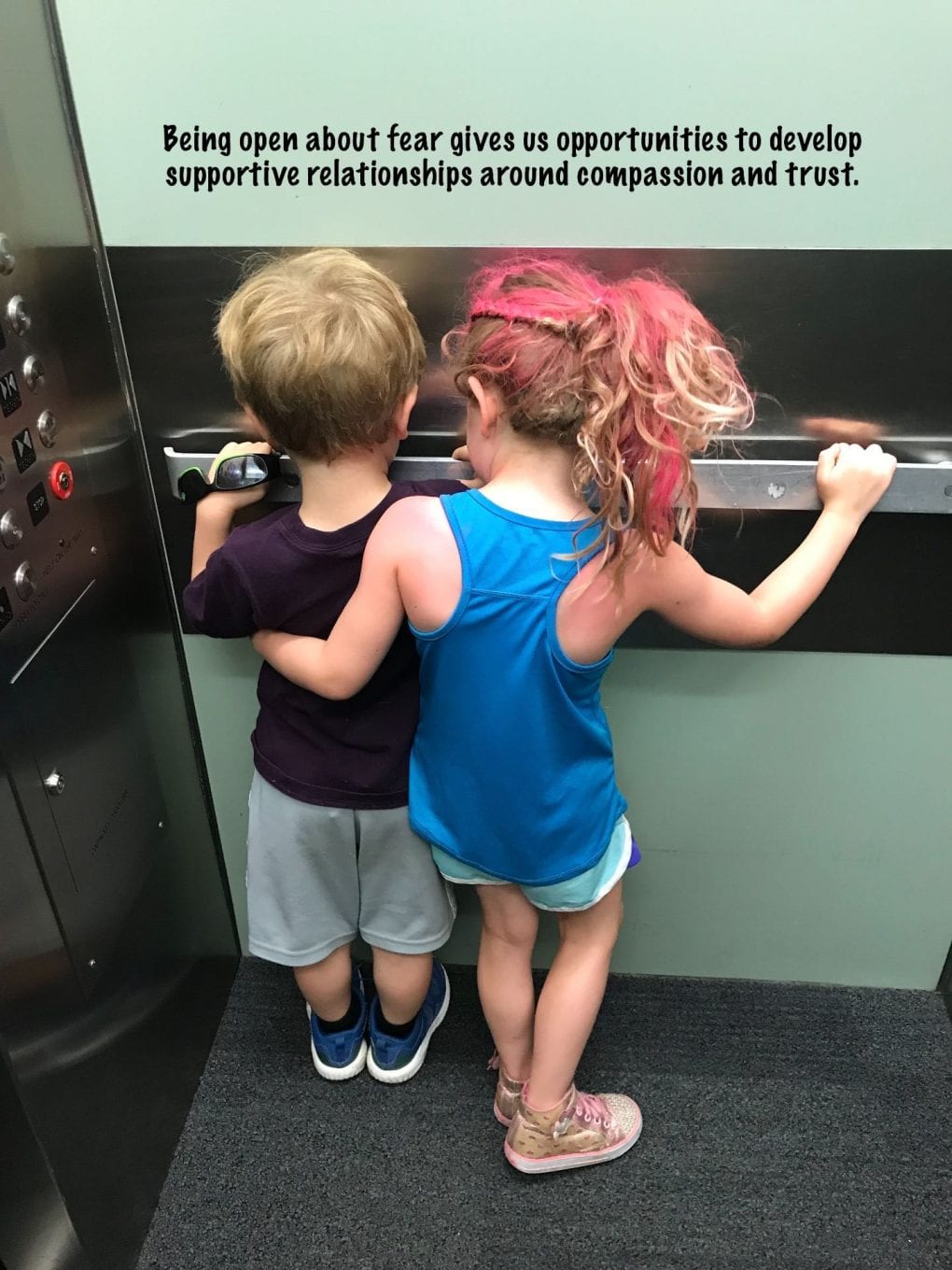Breath In The Good, Breath Out The Bad
It’s been a week of family, friends, memories and love.
Hard to believe it’s been a week since our Aunt passed. Time moves really slow and really fast simultaneously.
Aunt Florine has us thoughtful and reflective. My initial tribute can be read here: Love, Love, Love…Love You More!
In recalling one of the many lessons Aunt Florine has imparted on the world, the wisdom of our Great Aunt Chili was evoked.
By the way, I think it was Plato who wrote something about passing twice. Something like, we pass twice, once when we stop breathing one once the last time someone thinks about or speaks our name. Something like that.
It fills me with joy to write the name Aunt Chili. Talk about an incredible person and amazing woman. Aunt Chili walked this earth for a hundred and four and a half years. Spicy and uniquely Aunt Chili with every step!
Anyway, the lesson Aunt Chili passed along to Aunt Florine, that Aunt Florine then passed along to the rest of us is about breathing.
Aunt Chili (and then Aunt Florine) said we should breath in the good and breath out the bad.
In even more detail she said something like, we should breath in all the crisp, fresh, clean air we can.
She said we should breath it in along with all the goodness we can think of. She said we should breath it in for as long as we can, and that we should fill our lungs with it.
She said we should hold it in and let it move throughout our bodies. She said we should let it filter through the outer walls of our organs and flow through out blood. Something like that.
Then (she said), we should let that crisp, fresh air release the good into our bodies and absorb anything bad we have floating around inside of us.
She said we should let each particle of air latch on to any negative emotion, negative thought, confusion, and frustration. She said we should let the bad cling to the breath we’ve brought in like dust to static. She said we should let as much bad collect on it before we expel it from our bodies.
She said we should smile and feel calm, joyful and complete as we watch the bad dissipate and disappear.
What’s more, she said we should do that as frequently as we can, and that we can do it whenever we want.
Anyway, she said something like that.
And why not? I can’t think of a reason not to believe breathing in the good and breathing out the bad is a good idea. What harm could it do? When I try it, every time I try it…it works.
Try it now if you’d like. Try it, and really see it happening as you do.
That’s the key. Visualize the good and visualize the bad. See the particles of air carrying all that stuff. In with the good and out with the bad.
It can’t be the first time you’ve heard someone give this advice. Our breath is so incredibly powerful if we let it be.
Time moves so slow and so fast, simultaneously. How do you want to spend the moments you have? How are you going to spend those moments?
You can’t go back. You can’t do anything differently than what you’ve done. What you can do is make sure every moment counts. The next one, and the the one after that. One at a time.
As long as we’re breathing, we can use our breath to enhance our lives. At least that’s what I heard.
Live. Love. Listen. Learn. Lead. Thanks.









